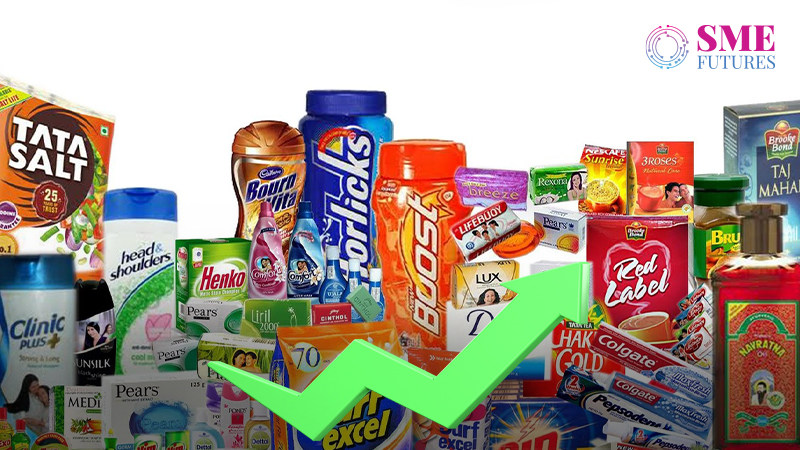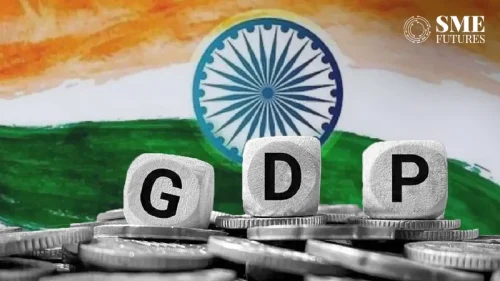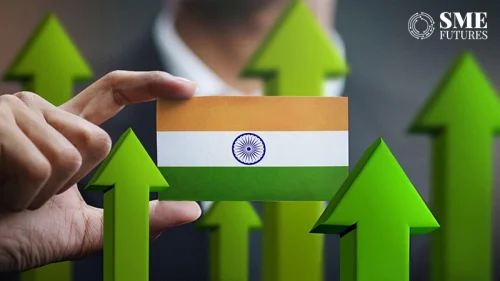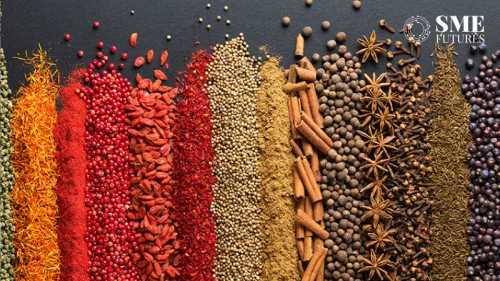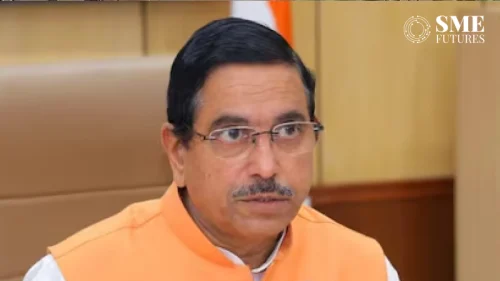The FMCG (fast-moving consumer goods) industry witnessed a downturn in the fourth quarter of FY23–24, according to a report by Care Edge.
Economists view high food inflation as the main reason for negative growth in the FMCG sector. Consumer food price inflation stood at 8.52 per cent in March.
The Economic Pathway report by Care Edge Ratings says that urban FMCG volume growth shows a major decline from 10.2 per cent in Q3 FY23–24 to 6.8 percent in Q4. Rural growth volume too saw a decline from 6.4 per cent in Q3 to 5.8 per cent in Q4 of FY23–24.
The report highlights that the shift in demand dynamics was notable, with non-food items experiencing increased demand in the rural economy, while demand for food items declined during Q4 FY23–24. Experts say this indicates that rural consumption will increase once food inflation subsides.
IMD’s forecast of an above-normal monsoon is anticipated to further boost demand for non-food items due to expected good agricultural production and rising rural incomes.
Inflation in India has been on a downward trajectory since the beginning of FY23–24, with CPI inflation reaching a 10-month low of 4.9 per cent in March. However, it remains above the RBI’s target of 4 per cent, primarily due to food inflation. In March, core goods inflation stood at 3.9 per cent, while service inflation was at 2.9 per cent.
“The food inflation movement will depend on the rainfall and its spread during the Kharif season. While the prices of food grains, vegetables, and fruits could show a downward trend with a better monsoon, the shortage of pulses and edible oil may continue to put pressure on them,” said M. Govinda Rao, economist and member of the 14th Finance Commission and the Economic Advisory Council to the Prime Minister from 2004–2013.
The prospect of an above-normal monsoon and favourable agricultural production in the coming months is expected to contribute to a reduction in food inflation. This optimistic outlook could potentially alleviate inflationary pressures and provide relief to consumers grappling with high food prices.
Overall, the FMCG industry faces challenges stemming from shifting demand patterns and persistent inflationary pressures. However, the outlook for reduced food inflation and improved agricultural production offers hope for a potential recovery in the sector, particularly in rural areas.

